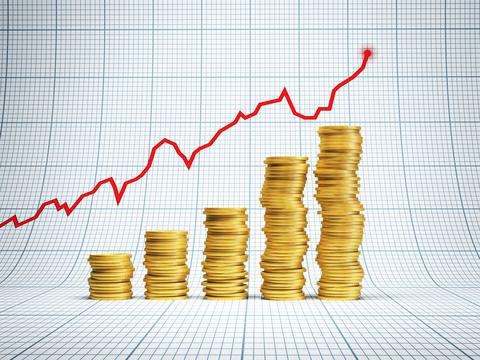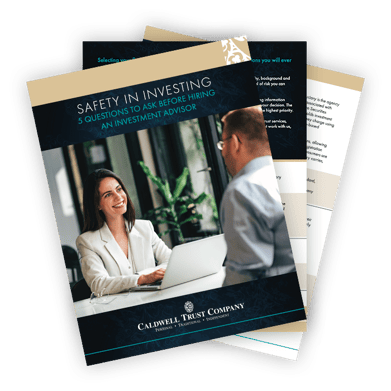 A dubious urban legend says that Albert Einstein named compound interest as the most powerful force in the universe. Another great fable involving the same principle was recounted by George Gilder, author of the 1981 bestseller Wealth and Poverty : “The Emperor of China was so excited about the game of chess that he offered the inventor one wish. The inventor replied that he wanted one grain of rice on the first square of the chess board, two grains on the second square, four on the third and so on through the 64th square.
A dubious urban legend says that Albert Einstein named compound interest as the most powerful force in the universe. Another great fable involving the same principle was recounted by George Gilder, author of the 1981 bestseller Wealth and Poverty : “The Emperor of China was so excited about the game of chess that he offered the inventor one wish. The inventor replied that he wanted one grain of rice on the first square of the chess board, two grains on the second square, four on the third and so on through the 64th square.
The unwitting emperor immediately agreed to the seemingly modest request. But two to the 64th power is 18 million trillion grains of rice— more than enough to cover the entire surface of the earth. The clever inventor did not gain all the rice in China; he lost his head.”
Some of you may ask, “Why mention this now?” We do it to contrast Gilder’s fable with the stock market’s performance for the last 12 years. Both stories have unhappy endings, one because of the extraordinary power of compound interest and the other because of the lack of it.
In this investment letter, we explore what might happen if stocks should begin to perform in line with historical norms, within the context of a balanced portfolio and despite the backdrop of today’s poor economic fundamentals. We have to reach back to the ’80s and ’90s to find the last time the market turned in strong performances. Specifically, the last above-average performance phase occurred between 1982 and 1999. Prior to that, from 1966 to 1982, we struggled through a secular (long-term) bear market.
Let’s explore the effect of compound interest or earnings with a hypothetical example. Assume a starting investment of $100,000 that compounds monthly for 12 years at an annual rate of 6 percent, with no deposits or withdrawals. After 12 years, the $100,000 would appreciate to $205,075—more than double. If we were to extend the time to 20 years while keeping all else equal, that same $100,000 would more than triple to $331,020. After 25 years, we would have $446,470. This growth would occur because earnings will earn earnings.
Such a gain depends on a strong return from the stock market.
How likely are we to find a comparable earning opportunity? Let’s look at a few key factors in today’s economy:
Despite slow growth, stocks are doing well because the Federal Reserve continues to print money. The Fed controls the printing presses but not where the money goes afterwards, and indications are that it’s going into stocks. This condition can remain for a very long time because the Fed will continue to print money, trying to buy time for the economy to stand on its own two feet. That may take some time, especially with the current high rate of unemployment.
The outlook for stocks is better than for bonds, despite the disconnect between the economy’s underlying fundamentals and the stock market’s behavior. The irony is that the bond market had been a safe haven for the last 30 years, but we must manage looking forward. We do recognize that there are still ways to mute losses in bonds from a rising interest environment in bonds by buying carefully chosen individual bond holdings.
Many people are fed up with stocks because of their poor performance over the past 12 years. Their disinterest may make this the best time to buy. Besides, there’s really no place else to go. For example, although gold broke the level of $1,480 per ounce, it has been dropping. Odds are that gold prices will go lower over time.
We would not be surprised to see a correction of 5-10 percent on the horizon but can’t forecast when it might happen. Typically, markets are seasonal—lower from May through early summer, followed by a summer rally and an end-of-year close at higher prices than we see now.
CONCLUSION:
With the prospect of stocks beginning a relative outperformance phase versus low-yielding bonds, we have become more constructive on how the power of compounding can grow a portfolio over time. Although the markets like to make most people wrong most of the time, we’re going to recommend that clients emphasize stocks over bonds—but only within the context of what’s appropriate for each client, based on that client’s willingness and ability to take risks. Those two personal factors will always trump our decisions in finding the best investments for that person. For those who can tolerate risks, are able to take them and can accept corrections, we suggest buying stocks, along with some carefully selected bonds.










